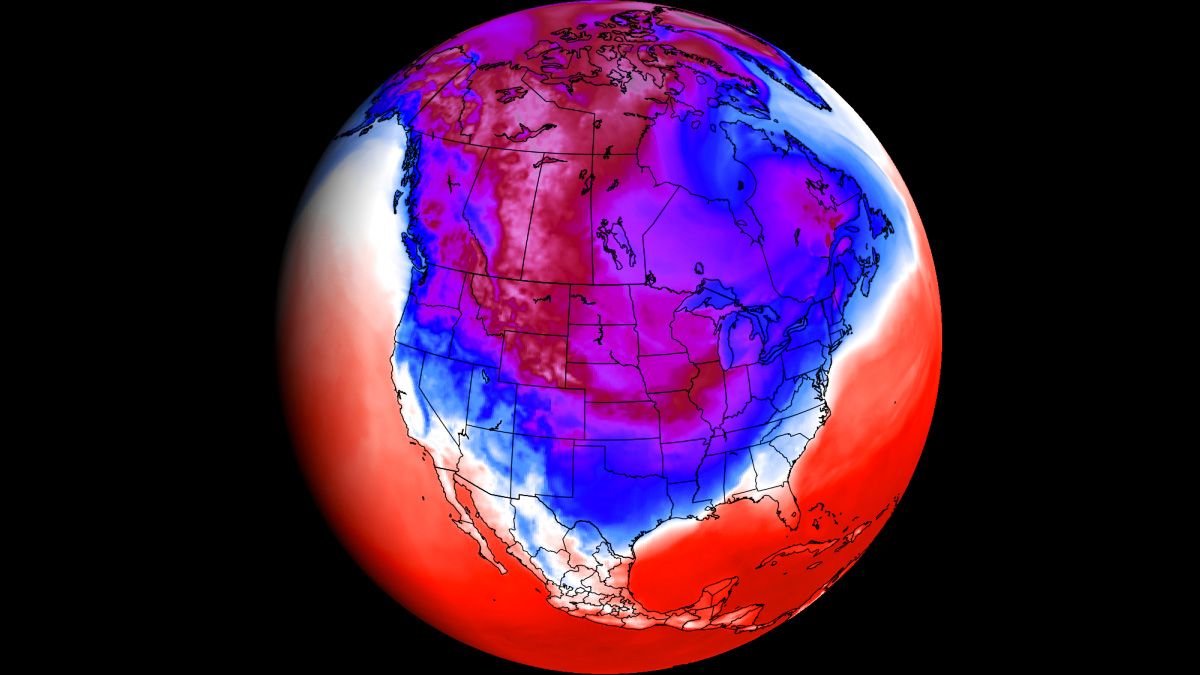This morning the FT is giving significant attention to the NERC Long-Term Reliability Assessment. The Financial Times summarizes, “Nerc forecasts peak winter electricity demand growth of 11.6 per cent in the decade between 2024 to 2033, compared with growth of 5.4 per cent between 2019 and 2028. Summer peaks over the same time periods are now forecast to rise by 9.2 per cent, compared with 5.2 per cent in the earlier forecast.” North American electric utilities will struggle to meet this demand. This is important news you might have missed during busy December days. So, just in case, I will point you to this blog’s December 19 post on the same issue depending on many of the same sources: Long-term grid reliability (and risk). The principal value-add in the FT coverage is to make explicit the demand implications of data-center requirements to support expanding cloud-based Artificial Intelligence applications.
+++
January 13 Update: There are near-term concerns as well. For today through Tuesday, Severe-Weather-eu forecasts, “an extensive reservoir of frigid cold air mass will begin its progress from Arctic Canada far south and spread into the United States. Temperatures will plunge into deep freeze, reaching more than 50 degrees F below average for the northern countries.” (See map below and more.) In anticipation, “NERC is monitoring the impending extreme cold weather events forecast across much of North America, starting this weekend and expected to continue through next Tuesday. This extreme weather pattern of arctic cold and heavy rain across most of the lower 48 states has the potential to create significant challenges, especially in major metropolitan areas… The MISO grid can be monitored here. The ERCOT grid can be monitored here. The Southwest Power Pool grid can be monitored here and through related links.

January 18 Update: According to the New York Times, “During the past few days, renewable energy was a small but meaningful part of the energy mix that delivered electricity to Texans. But starting on Sunday, as wind chills dipped below 0 degrees Fahrenheit in some Texas cities and demand surged, especially in morning hours when residents awakened, the grid leaned heavily on gas, according to data from the Electric Reliability Council of Texas, the grid operator… In areas of Texas where temperatures dipped the lowest, it has been frigid but sunny. Solar power performed well and, overall, provided a small share of total electricity generated. In Texas, winds die down in winter and aren’t expected to contribute as much to the energy mix as in the summer, energy experts say. On Monday, for instance, wind at its highest-performing level of the day was about 28 percent of the energy mix, compared with gas at about 48 percent. In the early morning hours, however, wind was barely more than 7 percent.” KVUE explained, “The Electric Reliability Council of Texas (ERCOT) has not issued an energy emergency alert (EEA) this week as freezing weather blankets the state and the demand for power is driving higher than any other winter on record. “You had low thermal power plant outages. You had decent to very good wind depending on the time of the event. You’re looking at solar and storage. So this is where, you know, it’s a system – it’s all kind of working together,” said Doug Lewin, founder of Stoic Energy Consulting.”